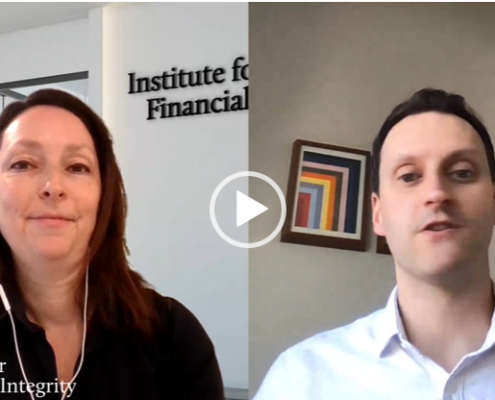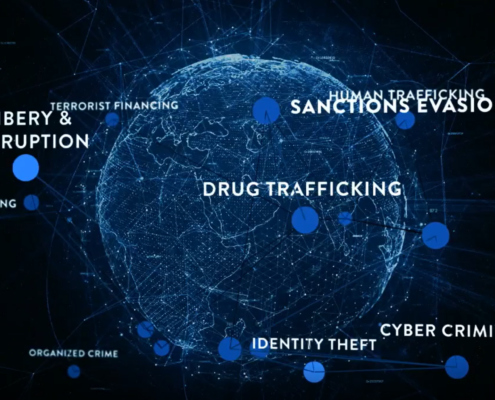
From Fraud to Flow
Fraud is often the entry point into a complex web of financial crime from money laundering to terrorism financing. Understanding this gateway role is essential for those defending the integrity of the global financial system.

The Network, Not the Node
Data analytics and advanced technologies are critical tools to take effective action against increasingly complex criminal networks. In this article we consider the best practices a financial institution could apply when implementing data analytics strategies and solutions, and what the future holds.

Sweeping AML Requirements for RIAs and ERAs
FINCEN issued a final rule with new AML requirements for investment advisers. With the January 1, 2026 deadline approaching, RIA and ERA firms must begin building and implementing their compliance programs as soon as possible.

Cartels, Cash, and Capital Flows
Cartels and their money laundering networks represent an increasing threat to our security and citizens, as well as being a priority for enforcement action. This article sets out five actionable steps a financial institution can take to ensure it is effectively identifying and responding to cartel risk.

Navigating the Convergence of Sanctions & AML Regimes
In our recent webinar, the director of compliance and enforcement at OFAC and three financial integrity industry leaders discussed the importance of breaking down silos and shared other advice for AML/CFT and sanctions professionals.

Interlocking Action
Transnational crime requires a coordinated response. Examine the characteristics of transnational crime, breakdowns in internal cooperation within financial institutions that resulted in enforcement action, and the actions Chief Compliance Officers must take to ensure an effective and coordinated response within their institution.

The Heat is On
Explore the key insights and implications from Transparency International’s 2024 Corruption Perceptions Index.

The New Counter-Illicit Finance Regime
/
0 Comments
The convergence of AML/CFT and sanctions regimes has led to a paradigm shift. These disciplines may now be viewed as overlapping parts of a broader global counter-illicit finance regime.

Examining Evasion
Explore three recent examples with Russia, Iran, and North Korea, which represent some of the most common methods illicit actors have embraced to evade sanctions. Understanding them is an important starting point for private sector firms in assessing and responding to their exposure.

Wicked Games
Casinos are a convenient money-laundering venue. Discover effective strategies gaming venues can use to structure a robust AML compliance program and avoid being exploited by illicit actors.
